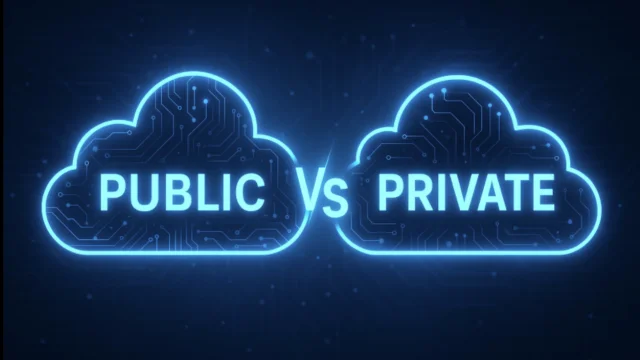Workday’s Mandatory Migration to Public Cloud: What it means for you
There’s a big change coming for Workday customers, and you’ll need to stay ahead to keep your system acting seamlessly.
Workday is requiring all customers hosted in its private data centres to migrate to large-scale public cloud platforms like AWS and Google Cloud. The rollout is already underway and continuing throughout 2025...
In this article, we’re going to explore why this shift is happening, what it means and, most importantly, what you and your team need to do next.
Why Is Workday Making the Change?
Workday wants to deliver greater scalability, innovation and access to next-gen technology. Hosting the application on hyperscale public cloud platforms allows them to:
Offer enhanced performance and uptime
Unlock advanced analytics and AI capabilities
Speed up feature delivery and maintenance
Improve global availability and resilience
From Workday’s perspective, this shift enables them to support their customers better in the long-term. But for many businesses, the short-term impact is far more pressing.
What it Means for You:
While you can request a preferred timeline, there’s no option to opt out of the shift to public cloud entirely.
Tenant URL Changes
All tenant URLS will change post-migration. This affects:
Integrations
Single Sign-on (SSO)
Bookmarks
Mobile apps
Any training or internal documentation
Failing to update these areas will result in failed logins, broken integrations, and frustrated users.
Integration and Security Impacts
You’ll need to:
Update all integrations referencing old URLs
Review firewall and IP settings
Test everything in non-production before cutover
Expect increased workload for your internal IT, HRIS and security teams, especially for complex integrations. You might need to engage your AMS provider, or think about bringing in a contractor to help out.
Enforced Downtime During Cutover
There’ll be a planned outage window during the final migration. Your users won’t be able to access Workday during this time, so it’s absolutely essential to plan around any key business dates like payroll, month-end, or annual reviews.
What Customers are Saying
Even though the long-terms benefits of this shift are clear, the short-term operational impact is significant. For in-house teams already stretched by BAU and digital transformation projects, the added responsibility of a cloud migration is causing strain.
Workday will provide you with migration documentation and communication, but the onus is on you to make sure you’ve got the resources to carry out the change successfully.
You might need your service partner, or some support from a contractor, to help manage:
Integration testing and configuration
Security reviews
Internal change management
Stakeholder comms and training
If you haven’t already secured some external support, now’s the time to consider whether you’ve got the capacity and skillset in-house to manage this.
What You Need to do Next
Here’s your checklist to help you prepare for the move:
Planning and Resourcing: Start by locking in migration timelines early and bringing together the right mix of teams. Review all existing integrations, refresh documentation, and make sure stakeholders are kept in the loop from the outset.
Testing: Allocate both time and skilled expertise to run thorough testing in the new cloud environment. Where possible, use sandbox tenants to validate systems and user experience before go-live.
Documentation and Communication: Update access guides, refresh internal/external knowledge hubs, and ensure communication with end users and partners stays consistent and clear throughout the migration.
Change Management: Weigh short-term downtime and disruptions against the long-term benefits of greater flexibility, stronger reliability, and room for innovation.
Conclusion
Workday’s move to the public cloud is a significant, enforced change that comes with operational and integration risks, but also unlocks future opportunities in scalability, AI innovation, and security for you and your organisation. The best way to avoid disruption is to get ahead of the migration. That means:
Prioritising internal planning
Allocating the right resource
Knowing when to bring in support
If you need AMS support, or help sourcing the right skills from experienced Workday contractors, we’ve got you covered.
Focus on WD are an official Workday Staffing, AMS and Sales Partner, so we’ve got the network, expertise and tailored solutions to help set you up for your migration, and keep your Workday system optimised. Avoid the costly downtime and disruption to your business, get in touch today.




